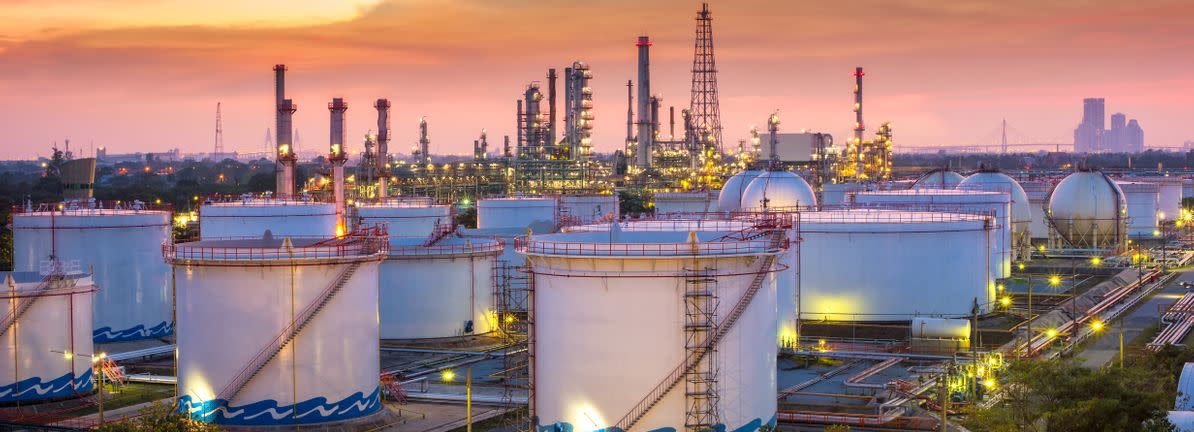
Key Insights The projected fair value for Koninklijke Vopak is €79.68 based on 2 Stage Free Cash Flow to Equity Koninklijke Vopak's €42.64 share price signals that it might be 46% undervalued Today we will run through one way of estimating the intrinsic value of Koninklijke Vopak N.
V. ( ) by taking the expected future cash flows and discounting them to their present value. The Discounted Cash Flow (DCF) model is the tool we will apply to do this.

Don't get put off by the jargon, the math behind it is actually quite straightforward. Companies can be valued in a lot of ways, so we would point out that a DCF is not perfect for every situation. For those who are keen learners of equity analysis, the may be something of interest to you.
We use what is known as a 2-stage model, which simply means we have two different periods of growth rates for the company's cash flows. Generally the first stage is higher growth, and the second stage is a lower growth phase. To begin with, we have to get estimates of the next ten years of cash flows.
Where possible we use analyst estimates, but when these aren't available we extrapolate the previous free cash flow (FCF) from the last estimate or reported value. We assume companies with shrinking free cash flow will slow their rate of shrinkage, and that companies with growing free cash flow will see their growth rate slow, over this period. We do this to reflect that growth tends to slow more in the early years than it does in later years.
Generally we assume that a dollar today is more valuable than a dollar in the future, so we discount the value of these future cash flows to their estimated value in today's dollars: 10-year free cash flow (FCF) forecast €270.3m €325.0m €401.
2m €463.5m €507.9m €543.
4m €571.8m €594.4m €612.
7m €627.8m Analyst x2 Analyst x2 Analyst x1 Analyst x1 Est @ 9.57% Est @ 7.
01% Est @ 5.21% Est @ 3.96% Est @ 3.
08% Est @ 2.47% €254 €287 €332 €360 €371 €372 €368 €359 €348 €334 = €3.4b We now need to calculate the Terminal Value, which accounts for all the future cash flows after this ten year period.
The Gordon Growth formula is used to calculate Terminal Value at a future annual growth rate equal to the 5-year average of the 10-year government bond yield of 1.0%. We discount the terminal cash flows to today's value at a cost of equity of 6.
5%. = FCF × (1 + g) ÷ (r – g) = €628m× (1 + 1.0%) ÷ (6.
5%– 1.0%) = €12b = TV / (1 + r) = €12b÷ ( 1 + 6.5%) = €6.
2b The total value, or equity value, is then the sum of the present value of the future cash flows, which in this case is €9.6b. The last step is to then divide the equity value by the number of shares outstanding.
Relative to the current share price of €42.6, the company appears quite undervalued at a 46% discount to where the stock price trades currently. Valuations are imprecise instruments though, rather like a telescope - move a few degrees and end up in a different galaxy.
Do keep this in mind. Now the most important inputs to a discounted cash flow are the discount rate, and of course, the actual cash flows. If you don't agree with these result, have a go at the calculation yourself and play with the assumptions.
The DCF also does not consider the possible cyclicality of an industry, or a company's future capital requirements, so it does not give a full picture of a company's potential performance. Given that we are looking at Koninklijke Vopak as potential shareholders, the cost of equity is used as the discount rate, rather than the cost of capital (or weighted average cost of capital, WACC) which accounts for debt. In this calculation we've used 6.
5%, which is based on a levered beta of 1.328. Beta is a measure of a stock's volatility, compared to the market as a whole.
We get our beta from the industry average beta of globally comparable companies, with an imposed limit between 0.8 and 2.0, which is a reasonable range for a stable business.
SWOT Analysis for Koninklijke Vopak Earnings growth over the past year exceeded the industry. Debt is well covered by earnings and cashflows. Dividends are covered by earnings and cash flows.
Dividend is low compared to the top 25% of dividend payers in the Oil and Gas market. Annual earnings are forecast to grow for the next 3 years. Trading below our estimate of fair value by more than 20%.
No apparent threats visible for VPK. Although the valuation of a company is important, it is only one of many factors that you need to assess for a company. It's not possible to obtain a foolproof valuation with a DCF model.
Rather it should be seen as a guide to "what assumptions need to be true for this stock to be under/overvalued?" For example, changes in the company's cost of equity or the risk free rate can significantly impact the valuation. What is the reason for the share price sitting below the intrinsic value? For Koninklijke Vopak, we've put together three further elements you should look at: : As an example, we've found that you need to consider before investing here. : How does VPK's growth rate compare to its peers and the wider market? Dig deeper into the analyst consensus number for the upcoming years by interacting with our .
: Low debt, high returns on equity and good past performance are fundamental to a strong business. Why not explore to see if there are other companies you may not have considered! PS. Simply Wall St updates its DCF calculation for every Dutch stock every day, so if you want to find the intrinsic value of any other stock just .
.














